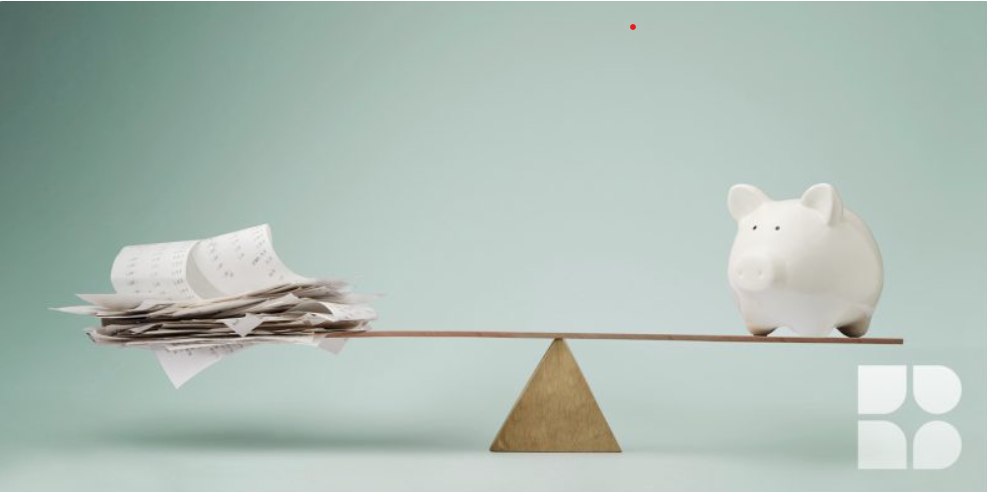Looking at the consumer debt landscape in America can be a little disturbing. Between mortgages, car loans, credit cards, student loans, and personal loans, the average consumer debt per household in the U.S. in 2021 was over $100,000, according to a recent Experian study. And the overall U.S. consumer debt in December 2022, was $14.96 trillion, according to the Federal Reserve Bank of New York report.
As disturbing as those numbers are, approximately 23% of American households are debt-free. So how do they do it? Let’s find out.
The definition of debt free
First, let’s define what debt-free means.
For the sake of this blog, it is defined as having no short or long-term debt, only recurring monthly bills. That includes no credit card debt, no mortgage, and no car note.
Sounds too good to be true? Remember, almost a quarter of all U.S. households are doing it. It really comes down to mindset. And that mindset can be helped by debunking some myths surrounding becoming debt-free.
Dispelling the myth of debt-free living
One idea surrounding debt-free living is that you need some large financial windfall. But most people don’t win the lottery or have a rich uncle that leaves them a huge inheritance. They simply dig in and do the work.
The other idea is you have to make a lot of money. Certainly, the more you earn, the better your chances of becoming debt free. But it isn’t just your income that determines your debt level; it’s your lifestyle. That may mean taking a second job or starting a side hustle to eliminate debt. But it’s achievable. We live in a free enterprise economic system, so your ability to earn and reduce costs is governed mainly by the decisions you decide to make.
That’s pretty liberating to think about. But that liberty will only come if you take care of some financial fundamentals.
Non-negotiables for debt-free living
Being debt free requires you to do certain things. First, you have to have a budget, and you have to monitor it frequently. Once a week, at least at the beginning, is a good place to start.
Once you have the budget, you must prioritize what’s important. Get food on the table, clothes on your back, a roof over your head, and a way to get to work.
And here’s where the lifestyle change will come into place. If you have excessive debt, those necessities should be had as inexpensively as possible. So, luxuries like eating out may have to go away, as will designer fashions.
Planning ahead will be a big deal, too. For example, you know Christmas comes every year. So, determine how much you can spend and save each month to meet that goal by November or December when you start buying gifts.
Finally, you’ll need a plan to get out of debt and stay out of debt. A detailed plan is way beyond the scope of one post, but here are some essential elements.
Elements of a debt-free plan
Getting rid of debt is about building confidence. So, list all your debts from smallest to largest. Attack the smallest one first, wiping it out completely. Then move on from there, gaining momentum each time.
After that, save three to six months of living expenses. This will be an emergency fund for unforeseen problems that would ordinarily have you reaching for the credit card.
Finally, have a plan to stay on your debt-free course. Keep learning and growing to ensure you don’t fall back into debt.
Here are a few resources to help you out with staying the course.
The Bottom Line
Being debt free isn’t a pipe dream, but it requires effort and willingness to change. However, the chance to secure your financial future is a fantastic incentive.
Keep learning, striving, and growing, and you’ll have the chance to enjoy lower stress and hope for a brighter financial future.
